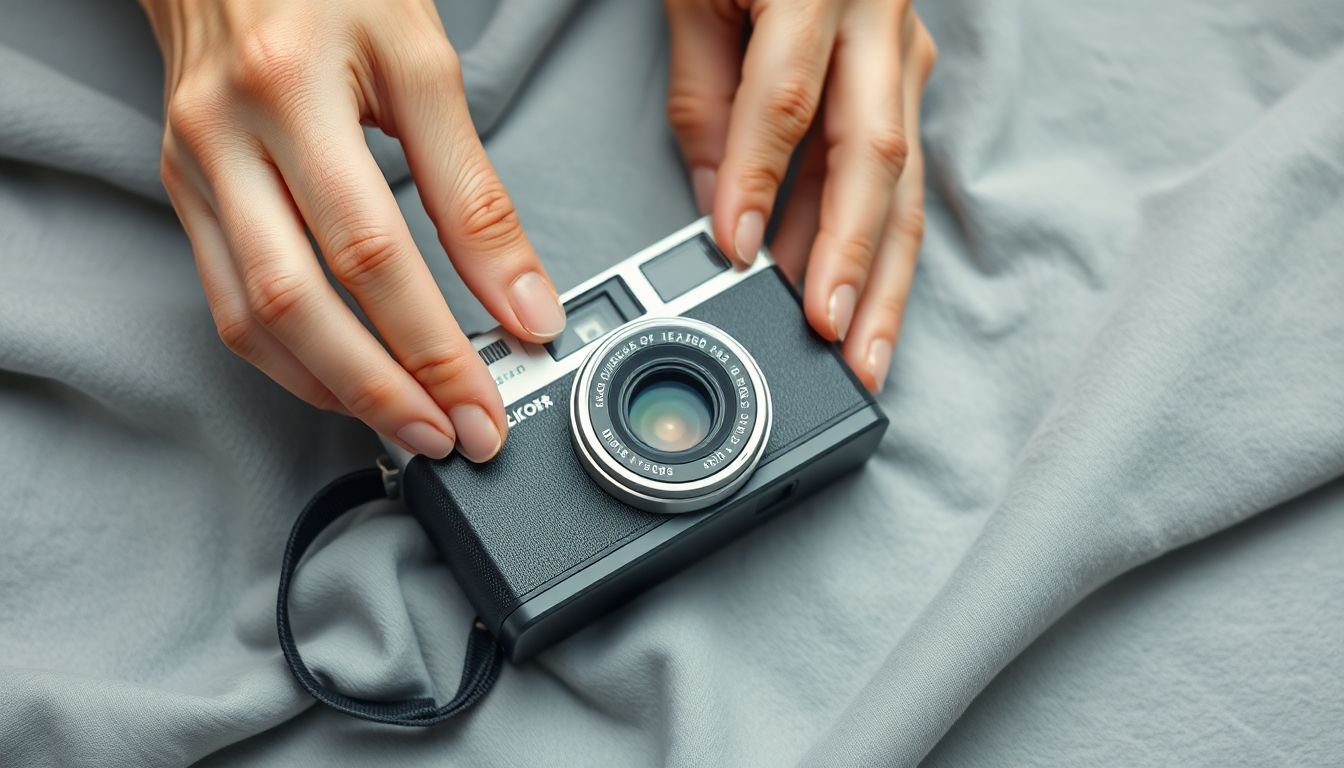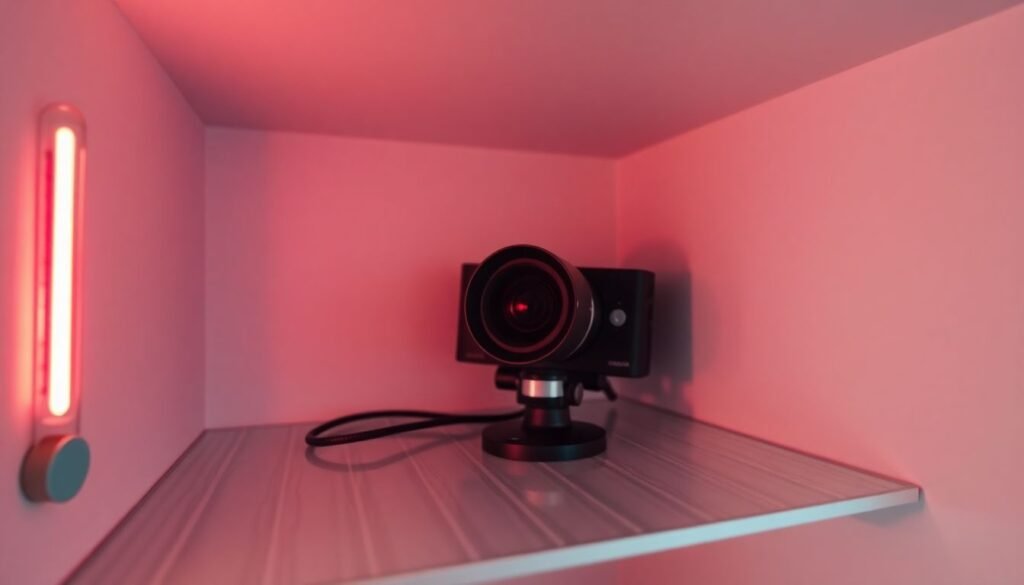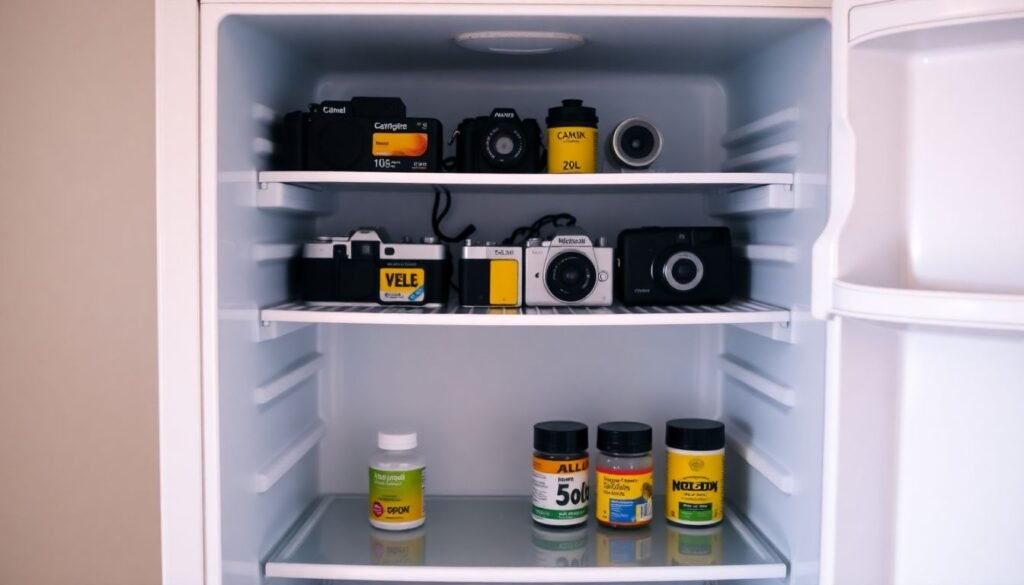Physical Address
304 North Cardinal St.
Dorchester Center, MA 02124
Physical Address
304 North Cardinal St.
Dorchester Center, MA 02124

Ever found an old disposable camera in a drawer and wondered if the photos it holds could still be developed? With the resurgence of disposable cameras in capturing unique, vintage-like shots, more people are discovering old, forgotten cameras with undeveloped memories. However, disposable cameras require proper storage to preserve the film inside. Here, we’ll dive into how to store your old disposable cameras to keep those moments intact.

Disposable cameras, also known as single-use cameras, became widely popular in the late 20th century. They’re known for their simplicity—point, shoot, and then send off the entire camera for development. Inside each camera is a roll of film that records images when exposed to light. However, over time, film degrades, making storage essential to protect it.
Storing an old disposable camera isn’t as simple as putting it in a drawer. Film is sensitive to environmental changes, and factors like temperature, humidity, and light exposure can lead to irreversible damage. Proper storage ensures that these cameras stay in good condition, so the photos can be developed with minimal degradation, preserving your memories.

To prevent film degradation, store disposable cameras under the right conditions. Here’s what you need to know:
When storing disposable cameras, choose a space that maintains stable conditions:

Film in disposable cameras is temperature-sensitive. Hot environments can cause the film to fade or develop color shifts. If possible, keep the camera in a cool, stable place. Avoid garages, attics, or vehicles where temperatures can spike, especially in summer.
High humidity levels can cause mold or mildew, which may damage both the camera and film. To control humidity, add silica gel packets to the camera’s storage container. Silica gel absorbs moisture and helps protect film quality in humid conditions.

Film is light-sensitive, and overexposure can damage the film before development. To minimize risk, store disposable cameras in dark areas or light-tight containers. Even covering the camera with cloth or placing it in a drawer can help.
Consider storing disposable cameras in light-proof, moisture-resistant containers. Metal or plastic containers with tight seals offer protection against temperature fluctuations and humidity. You can also use an airtight bag with silica gel packets for additional moisture control.

Older cameras require gentle handling to avoid disturbing the film. Avoid pressing buttons or advancing the film, as rough handling can lead to issues like unintentional light leaks or damage to the film’s surface.
Disposable cameras often come with an expiration date that indicates when the film may start degrading. While expired film can still yield interesting, albeit unpredictable, results, storing expired cameras carefully is essential to retain as much quality as possible.

If you’re storing a disposable camera long-term, take extra care with temperature and humidity controls. Short-term storage is more forgiving, but for long-term, consider dedicated storage solutions like film fridges to slow down film degradation.
Worried that your old disposable camera might have degraded film? Signs include faded colors or noticeable spots on the film. While you can’t fully inspect it without developing, you may notice an unusual smell or discoloration on the film casing, indicating possible degradation.

If you plan to store a disposable camera long-term, it’s wise to check on it periodically. However, developing sooner rather than later is ideal, especially if the camera is expired or stored in less-than-ideal conditions. Once developed, digital storage can preserve images indefinitely.
Storing disposable cameras with care can make all the difference in preserving precious moments. With the right storage methods, you can keep your old cameras in good shape until you’re ready to develop them, bringing past memories back to life.

Can expired disposable cameras still be developed?
Yes, expired cameras can still be developed, but results may vary. You may notice color shifts, fading, or graininess.
Is it safe to store disposable cameras in the refrigerator?
Yes, for long-term storage, a film fridge can help. Just keep the camera sealed to prevent moisture.
How long can disposable cameras be stored?
Properly stored, disposable cameras can last for years, but results can be unpredictable after five or more years.
What should I do if the camera’s film appears damaged?
You can still attempt to develop it; sometimes, unexpected results can still be visually interesting.
Can I leave a disposable camera in my car?
No, cars often experience temperature extremes that can damage film quality.